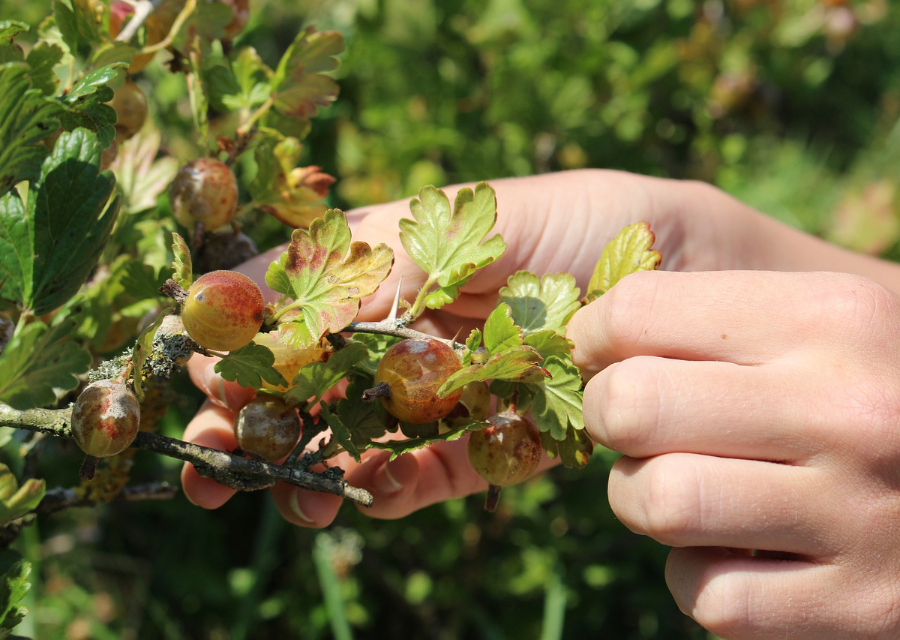This website uses cookies. By continuing to browse the website, you are agreeing to our use of cookies as detailed in our privacy policy.
How foraging could save you money!
Foraging is a great way to get tasty, healthy, fresh
ingredients for free – and it’s easier than you might think!
What is foraging?
Put simply, foraging is gathering food from the wild. Foraging was the way of life for our distant ancestors, but nowadays it can be a great way to save money, because it allows you to get healthy, fresh ingredients – for free!
What can you forage?
There are lots of edible plants growing wild in the UK, including nuts, seeds, fruits, vegetables, and herbs. You might find them growing along footpaths, roadsides, in parks, and even in your own back garden. Here’s a few foods you can easily forage to save money on your weekly shop:
Berries – raspberries, strawberries, gooseberries, and blackberries are easy to forage in summer. Use them to make delicious jams, crumbles, or simply freeze them so you have berries on hand all year round.
Wild garlic – found growing on wet ground throughout the year, the leaves are great for adding flavour to stir fries, soups, and stews.
Elderflowers – these grow on elder trees in early summer and can be used to make a delicious homemade elderflower cordial.
Nuts – common nuts include chestnuts, hazelnuts, and walnuts. Nuts are a great source of energy and protein, which can be used in a variety of sweet or savoury recipes, or just as a snack.
Nettles – don’t worry, cooking gets rid of the sting! Nettles are packed full of vitamins and minerals – pick them in winter and spring to make a tasty soup.
Foraging top tips
1. The golden rule of foraging: if you’re not 100% certain that a plant is safe to eat, don’t eat it – some wild plants in the UK are deadly poisonous! Even if you are sure it’s edible, you should try a small amount first before you eat the whole lot.
2. Follow the law: it’s legal to forage in public parks and footpaths, but you can’t forage on private land without the owner’s permission. For beginners, it’s best to start off by getting to know what’s growing in your own garden if you have one, or just around your local area.
3. Learn your plants: find a good online guide to help you identify edible plants, or pick up a book from your local library. Start by learning to identify common, simple plants, and once you are confident, then you can start picking them to eat.
4. Respect the environment: be careful not to trample the plants you’re collecting from, and only collect a modest amount for personal consumption – leave some for the wildlife!

